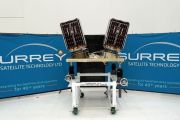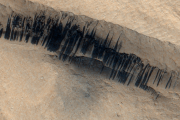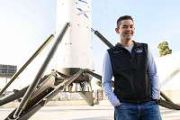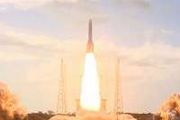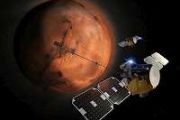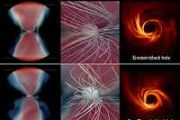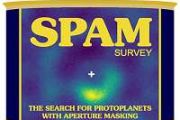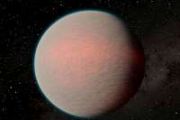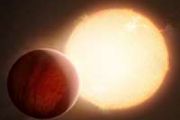
Copernical Team
Technique inspired by lace making could someday weave structures in space
 Lauren Dreier was paging through a 19th century book by the German architect Gottfried Semper when she spotted some intriguing patterns inspired by lace. A professional artist and designer who often incorporates technology into her work, Dreier, who is also a doctoral student at the School of Architecture at Princeton University, decided to recreate the printed illustrations in 3D.
She gra
Lauren Dreier was paging through a 19th century book by the German architect Gottfried Semper when she spotted some intriguing patterns inspired by lace. A professional artist and designer who often incorporates technology into her work, Dreier, who is also a doctoral student at the School of Architecture at Princeton University, decided to recreate the printed illustrations in 3D.
She gra Did heat from impacts on asteroids provide the ingredients for life on Earth?
 A research group from Kobe University has demonstrated that the heat generated by the impact of a small astronomical body could enable aqueous alteration and organic solid formation to occur on the surface of an asteroid. They achieved this by first conducting high-velocity impact cratering experiments using an asteroid-like target material and measuring the post-impact heat distribution around
A research group from Kobe University has demonstrated that the heat generated by the impact of a small astronomical body could enable aqueous alteration and organic solid formation to occur on the surface of an asteroid. They achieved this by first conducting high-velocity impact cratering experiments using an asteroid-like target material and measuring the post-impact heat distribution around NASA is returning to Venus
 NASA has selected two missions, dubbed DAVINCI+ and VERITAS, to study the "lost habitable" world of Venus. Each mission will receive approximately US$500 million for development and both are expected to launch between 2028 and 2030.
It had long been thought there was no life on Venus, due to its extremely high temperatures. But late last year, scientists studying the planet's atmosphere an
NASA has selected two missions, dubbed DAVINCI+ and VERITAS, to study the "lost habitable" world of Venus. Each mission will receive approximately US$500 million for development and both are expected to launch between 2028 and 2030.
It had long been thought there was no life on Venus, due to its extremely high temperatures. But late last year, scientists studying the planet's atmosphere an A new water treatment technology could also help Mars explorers
 A team led by UC Riverside engineers has developed a catalyst to remove a dangerous chemical from water on Earth that could also make Martian soil safer for agriculture and help produce oxygen for human Mars explorers.
Perchlorate, a negative ion consisting of one chlorine atom bonded to four oxygen atoms, occurs naturally in some soils on Earth, and is especially abundant in Martian soil.
A team led by UC Riverside engineers has developed a catalyst to remove a dangerous chemical from water on Earth that could also make Martian soil safer for agriculture and help produce oxygen for human Mars explorers.
Perchlorate, a negative ion consisting of one chlorine atom bonded to four oxygen atoms, occurs naturally in some soils on Earth, and is especially abundant in Martian soil. ExoMars rover twin begins Earth-based mission in 'Mars Terrain Simulator'
 The replica ExoMars rover that will be used in the Rover Operations Control Centre to support mission training and operations is fully assembled and has completed its first drive around the Mars Terrain Simulator at ALTEC, in Turin, Italy.
The rover 'Ground Test Model' (GTM) will play a critical role in the coming months as rover operators prepare for Rosalind Franklin's arrival in Oxia Pl
The replica ExoMars rover that will be used in the Rover Operations Control Centre to support mission training and operations is fully assembled and has completed its first drive around the Mars Terrain Simulator at ALTEC, in Turin, Italy.
The rover 'Ground Test Model' (GTM) will play a critical role in the coming months as rover operators prepare for Rosalind Franklin's arrival in Oxia Pl SpaceX plans to launch another SiriusXM satellite Sunday
 Elon Musk's SpaceX plans to launch a communications satellite for SiriusXM on Sunday from Florida in what will be the first such mission since one of the broadcast company's spacecraft failed after launch in December.
The satellite, known as SXM-8, is prepared for liftoff aboard a Falcon 9 rocket during a nearly two-hour window starting at 12:25 a.m. EDT from Complex 40 at Cape Canavera
Elon Musk's SpaceX plans to launch a communications satellite for SiriusXM on Sunday from Florida in what will be the first such mission since one of the broadcast company's spacecraft failed after launch in December.
The satellite, known as SXM-8, is prepared for liftoff aboard a Falcon 9 rocket during a nearly two-hour window starting at 12:25 a.m. EDT from Complex 40 at Cape Canavera US intel report on UFOs inconclusive: reports
 The conclusion of a classified US intelligence report on the existence of alien UFOs is . . . inconclusive, US media reported Friday.
US military and intelligence found no evidence that seemingly highly advanced unidentified flying objects sighted by military pilots were alien spacecraft, the report concludes, according to The New York Times and other media briefed on it.
But it also cou
The conclusion of a classified US intelligence report on the existence of alien UFOs is . . . inconclusive, US media reported Friday.
US military and intelligence found no evidence that seemingly highly advanced unidentified flying objects sighted by military pilots were alien spacecraft, the report concludes, according to The New York Times and other media briefed on it.
But it also cou ExoMars rover twin begins Earth-based mission in ‘Mars Terrain Simulator'
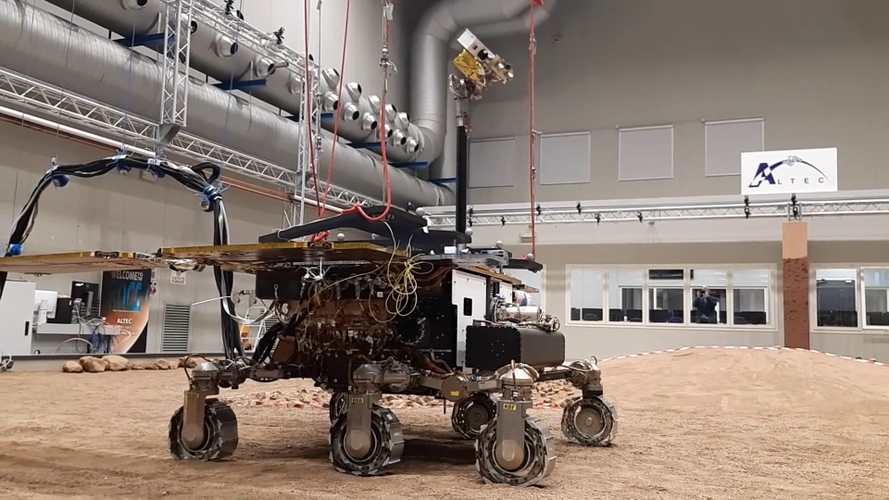
The replica ExoMars rover that will be used in the Rover Operations Control Centre to support mission training and operations is fully assembled and has completed its first drive around the Mars Terrain Simulator at ALTEC, in Turin, Italy.
Rocket team to discern if our star count should go way up
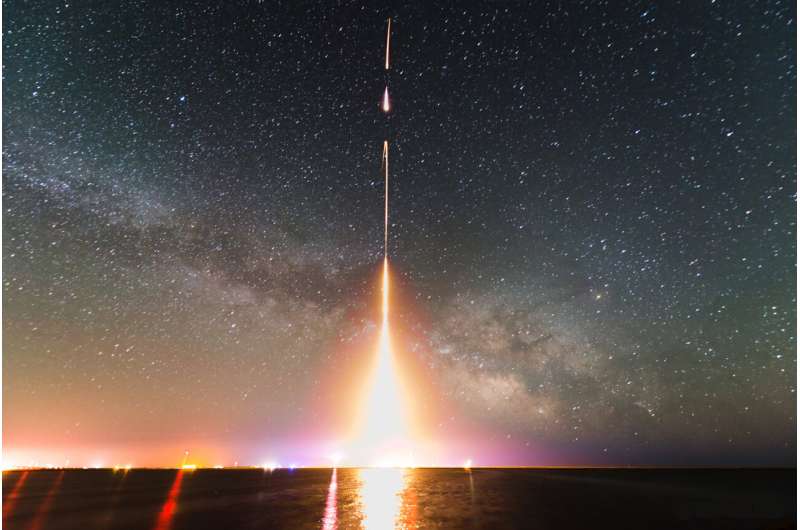
The universe contains a mind-boggling number of stars—but scientists' best estimates may be an undercount. A NASA-funded sounding rocket is launching with an improved instrument to look for evidence of extra stars that may have been missed in stellar head counts.
The Cosmic Infrared Background Experiment-2, or CIBER-2, mission is the latest in a series of sounding rocket launches that began in 2009. Led by Michael Zemcov, assistant professor of physics and astronomy at the Rochester Institute of Technology in New York, CIBER-2's launch window opens at the White Sands Missile Range in New Mexico on June 6, 2021.
ExoMars rover twin begins Earth-based mission in Mars Terrain Simulator

The replica ExoMars rover that will be used in the Rover Operations Control Centre to support mission training and operations is fully assembled and has completed its first drive around the Mars Terrain Simulator at ALTEC, in Turin, Italy.












